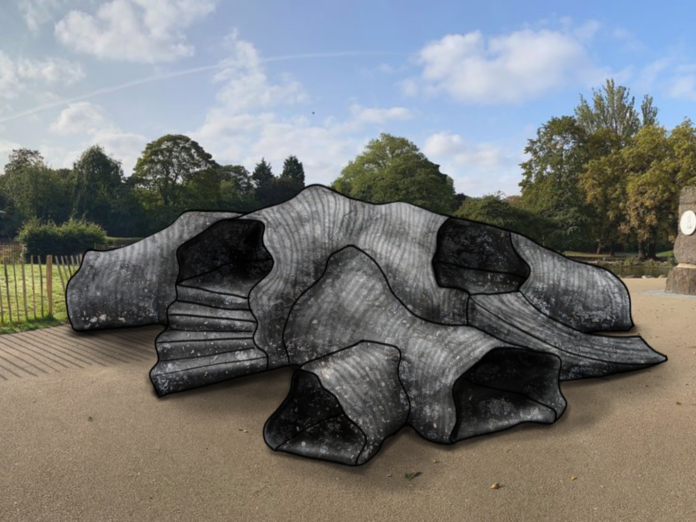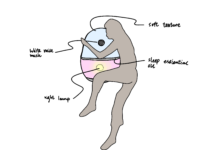Description:
This design conjecture builds on a number of ideas found in my Business-focused research area. It is a playground-like installation in a public park that allows children to climb through tunnels that connect to one another and wind through different levels and openings.
The first concept I employed here is off-site construction. Most commonly, large scale concrete printing is done on-site, constructing the form in its final destination. In the article about Azure’s recycled plastic 3D printed homes, I learned that it doesn’t have to be this way. What happens when we a build structures off-site?
For one, it minimized the time that the site is disrupted. I thought about where this could be useful. Public spaces in the community could benefit from this model to avoid taking the space offline for too long.
From a form perspective, printed separately, especially in multiple distinct pieces, allows different geometry and different installation orientations. For example, if it is more advantageous to print certain geometry vertically and the install it on its side (relative to how it was printed), you can do that. If we look at my sketch above, you can see that the contour lines run in different directions depending on what makes for the shape of the tunnels, not always parallel to the ground plane.
Finally several business examples I looked at focused on recreation-oriented products: parks and playgrounds. This is very different from the traditional uses of this technology in housing infrastructure, so I wanted to incorporate it in this conjecture.
Reflection:
I think this conjecture works well in a lot of ways, providing a unique play experience and taking advantage of specific process considerations to minimize negative impacts during construction.
However, this solution obviously has limitations too. The texture of rough concrete is not ideal for a structure that children in are playing in/on and crawling through. Two questions arise from this. a) Is there a way to mitigate this danger by creating a different surface for the concrete. b) Is there use context in which the rough concrete wouldn’t be dangerous, or could even be an advantage?
Another question I have is the practicality of moving these big pieces into place. If printing different orientations is important. Could they still be printed on site quickly and reoriented quickly with a piece of machinery?
Finally, the longevity/maintenance is questionable here. What happens to this where there is rain and if fills with debris. Will it deteriorate and become unsafe. What happens to the big hunk of concrete when is deemed to be not ideal for the space anymore?




